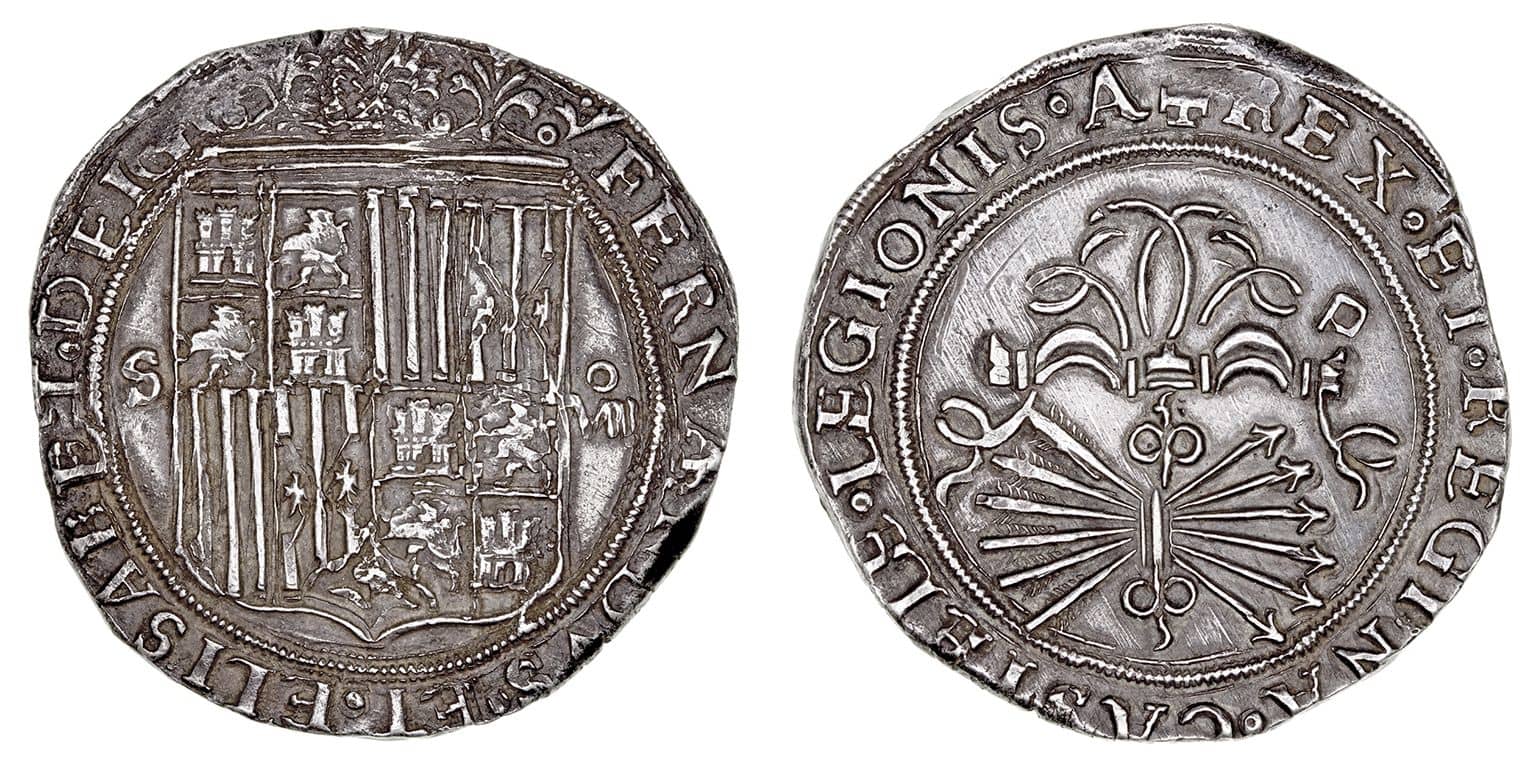The backlash against the U.S. currency is growing around the world. The benchmark currencies have changed from the Greek drachma to the Spanish dollar.
Contents
Nothing lasts forever, not even the dollar as a reserve currency
Russia, China, India, several Latin American countries, and Saudi Arabia have declared their desire for greater independence from the U.S. dollar. For years the yuan has already been the currency of trade agreements between the Asian giant and numerous African countries; India and Malaysia did the same last month to strengthen the use of the rupee in international negotiations, and even the president of France, Emmanuel Macron has recently pointed out the need to lower the “extraterritoriality of the U.S. dollar.”
Countries around the world are increasingly moving away from using the U.S. dollar. This movement is due to a desire for greater financial independence and the recognition that holding assets in dollars now carries more risk than before. Although the U.S. currency continues to have significant advantages, such as the liquidity of its financial markets, legal stability in commercial markets, and the dynamism of its economy, other powers with an essential role on the international economic chessboard do not see that this currency currently represents the global hegemonic status it held for years.
Reserve currency
However, despite the interests of each of the powers, imposing a change in the world reserve currency is a challenging task. Central banks and financial organizations must maintain and accept it to recognize its use in global transactions, helping to reduce the risk of exchange rate fluctuations, providing a standard unit of account between countries and companies, and bringing stability to the financial system.
Only a country whose economy is deemed trustworthy, stable, respected, and accepted in various other countries and markets can issue a reserve currency. The requirements are crucial for numerous reasons. However, such money is not eternal. From the Greek drachma (5th century B.C.) to the Spanish real de an ocho (16th to 19th centuries), the reference currencies have been changing simultaneously as a global geopolitical power.
Following World War II, the Bretton Woods system oversaw the global financial system, and the U.S. dollar as its guarantor. At that time, the U.S. government launched its backing for other central banks to be able to sell its U.S. dollar reserves at a fixed rate for gold. The situation continues today, along with other conventional reserve currencies such as the euro, the yen, and the pound sterling.
¿Estamos ante el fin del dólar como moneda de reserva mundial? https://t.co/wq4E3HjRvg pic.twitter.com/msJpiPrMMV
— Euribor.com.es (@euribor_com_es) May 30, 2023
Slow changes
The latest movements and international pacts to promote a change in the current reserve currency could generate an alternative. Still, it would be a process that will take decades to establish. It is precisely the strength of these currencies that guarantees their survival over time. They are not guaranteed to survive forever but for a more extended period than some actors would like, precisely to try to avoid debacles in the international financial system.
At present, nine out of ten global transactions and 59% of the reserves of the world’s central banks are in U.S. dollars, while the euro accounts for only 21% of financial transactions, following data from the International Monetary Fund in 2022.
Future
Central banks are gradually decreasing their dollar reserves, in a decline that has been going on for two decades. One example is the Bank of Israel, which has begun a new strategy for its $200 billion reserves, increasing Japanese yen, Chinese yuan or renminbi allocations, and Canadian and Australian dollars.
The truth is that nothing lasts forever, not even the U.S. dollar as a reserve currency, despite its stability as a haven currency in times of conflict and economic turbulence. But history repeats itself, and although it will not occur in the short term, according to the experts, the change will come at some point; we’ll have to wait to see it.
Central Banks and Gold
Gold has been considered a precious metal for centuries, and many nations have long hoarded it to protect their wealth. Countries with large gold reserves include the United States, Germany, Italy, France, and Russia.
The reasons for hoarding money vary from country to country. For some, this is a way to protect their currencies from inflation and instability in the global economy. Some may see this as diversifying their portfolio and reducing reliance on other assets such as stocks and bonds. One of the main reasons countries hoard gold is to have a stable and reliable store of value. Unlike easily printed currencies and depreciate, gold retains its value over time and is considered a safe investment. Gold makes it an attractive option for countries looking to protect their wealth from economic uncertainty and political instability.
Another reason countries stock up on gold is to increase their influence over the global economy. By holding large amounts of gold, governments can increase their impact in international financial markets and use it as a bargaining chip with other countries. Overall, gold hoarding is a way for countries to protect their wealth and increase their influence in the global economy. Accumulating wealth involves risk, but gold has proven to be a reliable store of value over time. It will likely remain integral to many countries’ fiscal strategies for years.

